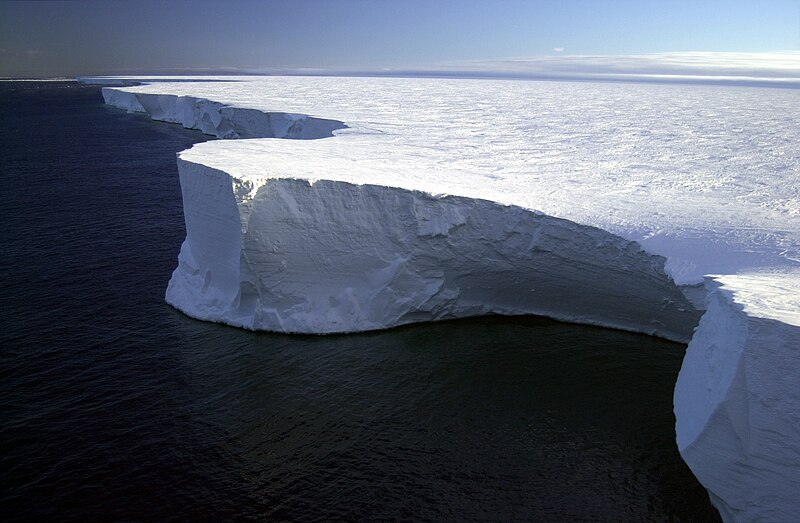Файл:Research on Iceberg B-15A by Josh Landis, National Science Foundation (Image 4) (NSF).jpg
Перейти к навигации
Перейти к поиску

Размер этого предпросмотра: 800 × 523 пкс. Другие разрешения: 320 × 209 пкс | 640 × 418 пкс | 1024 × 669 пкс | 1280 × 837 пкс | 1995 × 1304 пкс.
Исходный файл (1995 × 1304 пкс, размер файла: 1,35 МБ, MIME-тип: image/jpeg)
История файла
Нажмите на дату/время, чтобы посмотреть файл, который был загружен в тот момент.
| Дата/время | Миниатюра | Размеры | Участник | Примечание | |
|---|---|---|---|---|---|
| текущий | 00:12, 11 сентября 2007 |  | 1995 × 1304 (1,35 МБ) | Flickr upload bot | Uploaded from http://flickr.com/photo/39735679@N00/435955203 using User:Flickr upload bot |
Использование файла
Нет страниц, использующих этот файл.
Глобальное использование файла
Данный файл используется в следующих вики:
- Использование в de.wikipedia.org
- Использование в en.wikipedia.org
- Использование в en.wikivoyage.org
- Использование в es.wikipedia.org
- Использование в fa.wikipedia.org
- Использование в fr.wikipedia.org
- Использование в he.wikipedia.org
- Использование в hy.wikipedia.org
- Использование в id.wikipedia.org
- Использование в ja.wikipedia.org
- Использование в ko.wikipedia.org
- Использование в lt.wikipedia.org
- Использование в nl.wikipedia.org
- Использование в nn.wikipedia.org
- Использование в pl.wikipedia.org
- Использование в pt.wikipedia.org
- Использование в sr.wikipedia.org
- Использование в th.wikipedia.org
- Использование в uk.wikipedia.org
- Использование в www.wikidata.org
- Использование в zh.wikipedia.org
